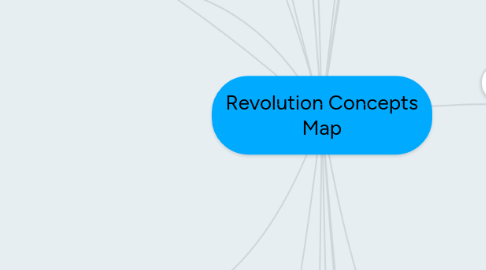
1. Second Continental Congress
2. Boston Masscure
3. British Taxiation
3.1. George Greenville
3.2. Vice-Admiraalty Court in Halifax
3.3. Stamp Act
4. American Responses
4.1. Stamp Act Congress
4.1.1. Newspapers
4.1.2. Legal and Commerical documents
4.1.3. You had to put a stamp on all legal documents and stuff
4.2. Sons of Liberty
4.2.1. John Adams was part of the sons of liberty
4.3. Boston Tea Party
4.4. Declaration of Rights and Grievances
4.5. Non-importation Agreements
4.6. Revenue Acts
4.7. Continental Association
4.8. Committees of Correspondence
4.9. Gaspee Affair
4.10. Olive Branch Petition
4.11. Suffolk Resolves
4.12. Three Fifths Compromise
4.13. Shay's Rebelllion
5. British Polocies
5.1. Mercantalism
5.1.1. Export/Import
5.2. French and Indian War
5.2.1. Seven Years War
5.3. Proclamation of 1793
5.3.1. Proclamation Line of 1763
5.4. Declatory Act
5.5. Townshed Act
5.5.1. Charles Townshed
5.6. Writs of Assistance
5.6.1. Sheriff
5.6.2. Taxcollector
5.6.3. Clerk
5.7. Quartering Act
5.7.1. Two Acts of British Parliament
5.8. Tea Act
5.8.1. "Powder Keg"
5.9. Coercive/Intolerable Acts
5.10. Currency Act
5.10.1. British merchants
6. Revolutionary Events
6.1. Siege of Boston
6.2. First Continental Congress
6.3. Battles of Lexington and Concord
6.4. Common Sense
6.5. Declaration of Independence
7. Signed the Declararion of Independence and favored ratification of the Constitution.
7.1. John Adams
7.1.1. Had the idea to come up with a declaration.
7.2. Benjamin Frankin
7.2.1. Signed the declaration of indendence
8. Former Presidents
8.1. James Madison: Was the fourth president of the United States
8.2. Geroge Washington: Was the first president of the United States
9. Representation in Congress
9.1. New Jersey Plan
9.2. Virginia Plan
10. Enlightment
10.1. Thomas Hobbes
10.1.1. Philophser
10.1.2. Socail Contract
10.2. Jean-Jacques Rousseau
10.2.1. Social Contract
10.3. Baron De Montesquieu
10.3.1. Political Power
10.3.2. Executitive
10.3.3. Legislative
10.3.4. Judicial
10.3.5. Checks and Balances
10.4. John Locke
10.5. Voltaire
10.5.1. Freedom of Speech
11. American Self-Governmet
11.1. Mayflower Compact
11.1.1. First Governing Document
11.2. Fundamental Orders of Connecticut
11.3. House of Burgess
11.3.1. First Legslative Assembly
11.4. Albany Plan of Union
11.5. Articles of Confederation
11.6. Virgina Declaration of Rights
11.7. The Land or Ordiance
11.8. Virginias statute for religious freedom
11.9. Fedralists Papers
11.10. BIll of Rights
12. Challenging Authority
12.1. The First Great Awakening
12.2. The Glorious Revolution
13. Founding Fathers
13.1. Geroge Washington
13.2. Alexander Hamilton
13.3. Roger Sherman
14. Slavery and Representation
14.1. Three Fifiths Compromise
14.2. House of representatives
14.3. The senate
14.4. Representation
14.4.1. Democracy
14.5. Slavery
14.6. Census
14.6.1. Slave representation
15. Ratification of the Constitution
15.1. Democratic-Republicans: They didn't want the Constitution
15.2. Federalists: wanted the Constitution
15.3. Popular Soverginty
15.4. Antifederalist: Feared a loss of liberties and distrused the absecence of the BIll of RIghts
15.5. Constitution of the United States
15.6. Ratification
15.7. Federalism
16. Consitutional convention
16.1. Conneticuit Plan
16.1.1. Also known as the Great Compromise
16.2. Three Fifths Compromise
16.3. President
16.3.1. Democracy
